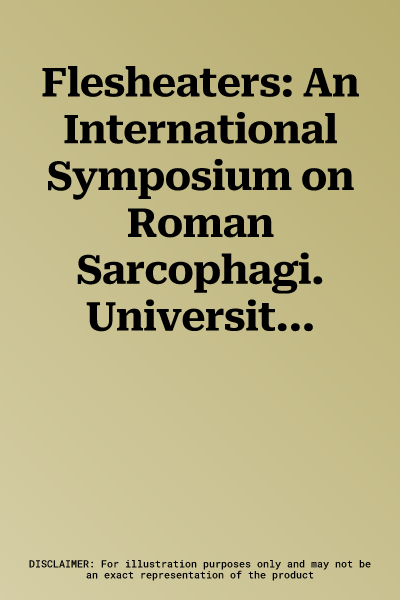In this volume a number of Classicists, Classical Archaeologists, and
Ancient Historians - most of them not sarcophagus specialists - all
attempt to ask some of the most fundamental questions about Roman
mythological sarcophagi. Why was Greek myth such a popular choice for
the decoration of these monumental marble coffins? How should we
interpret the particular myths that were chosen? How easy - or
difficult - was it to identify and interpret the mythical stories
represented? What emotions were these often violent and tragic stories
meant to evoke in the mourner at the tomb? What does it mean when
portrait figures are inserted into scenes of myth? How does it affect
our interpretation of the mythical imagery that some sarcophagi were
completely buried, and their carved reliefs completely concealed? And
what might be the value of all these intricately carved marble
sarcophagi for Roman social and cultural history? Unsurprisingly, there
is a great deal of disagreement on these important questions among the
various authors, and on what a cultural history written from the point
of view of Roman funerary commemoration might look like. What all
contributors to the volume seem to agree on, however, is that the great
corpus of carved sarcophagus-reliefs holds out extraordinary - as yet
unrealized - promise for the cultural historian. And this selection of
essays, all starting from very different premises and assumptions,
allows the reader a series of brilliant glimpses of what that promise
might yet deliver: a more nuanced and more inclusive understanding of
the strange and distinctive society that flourished under the Roman
Empire during the second and third centuries AD.

